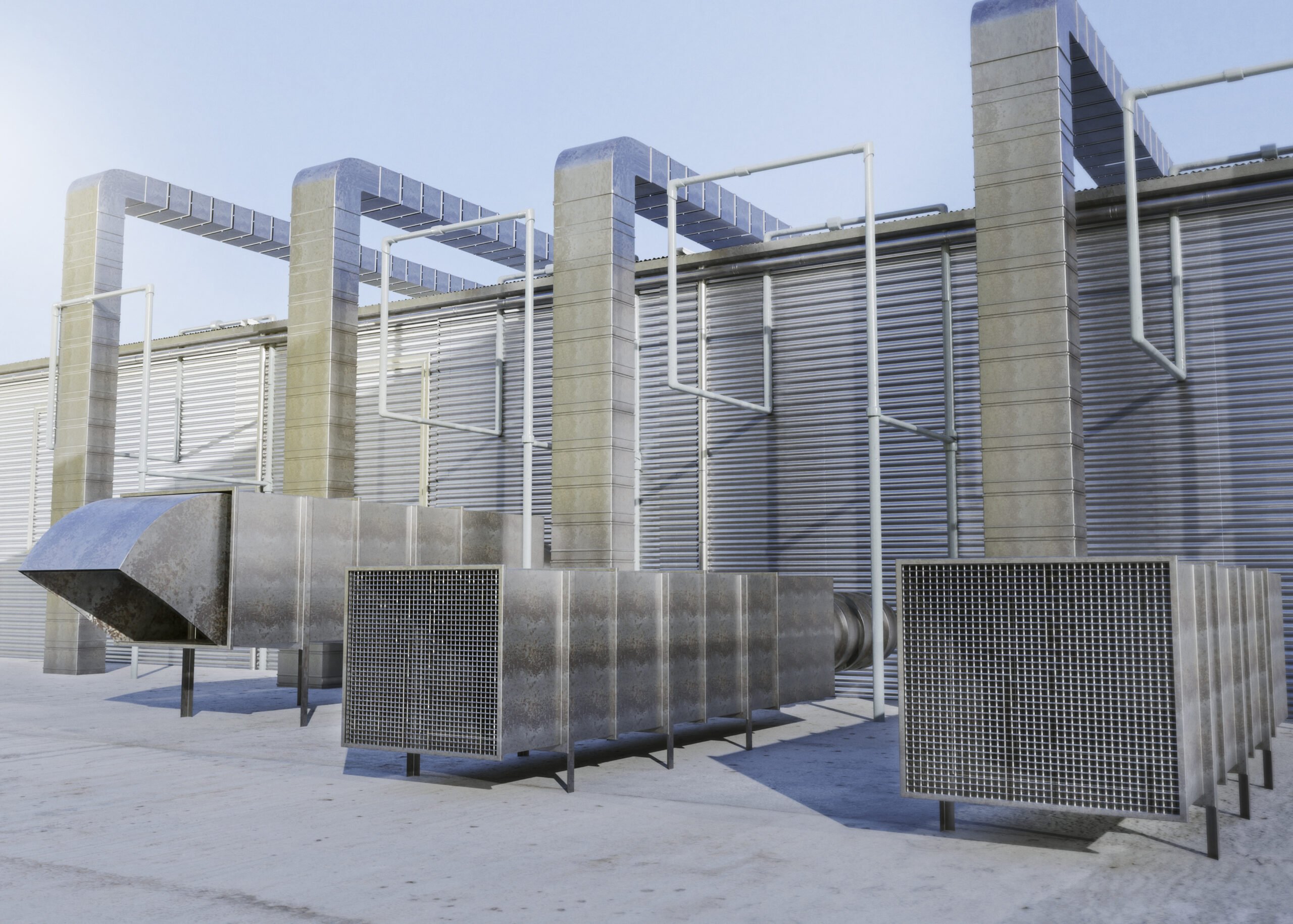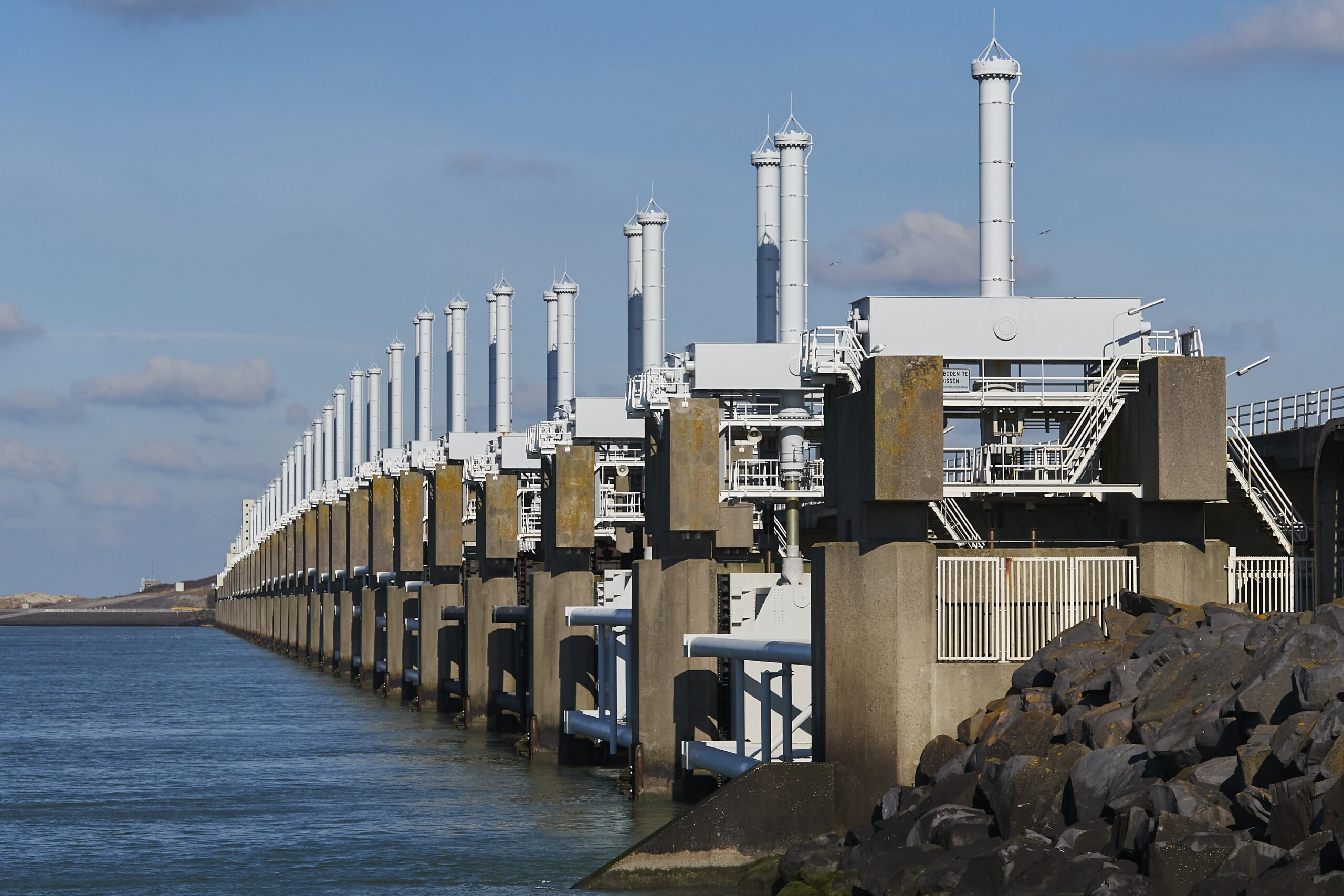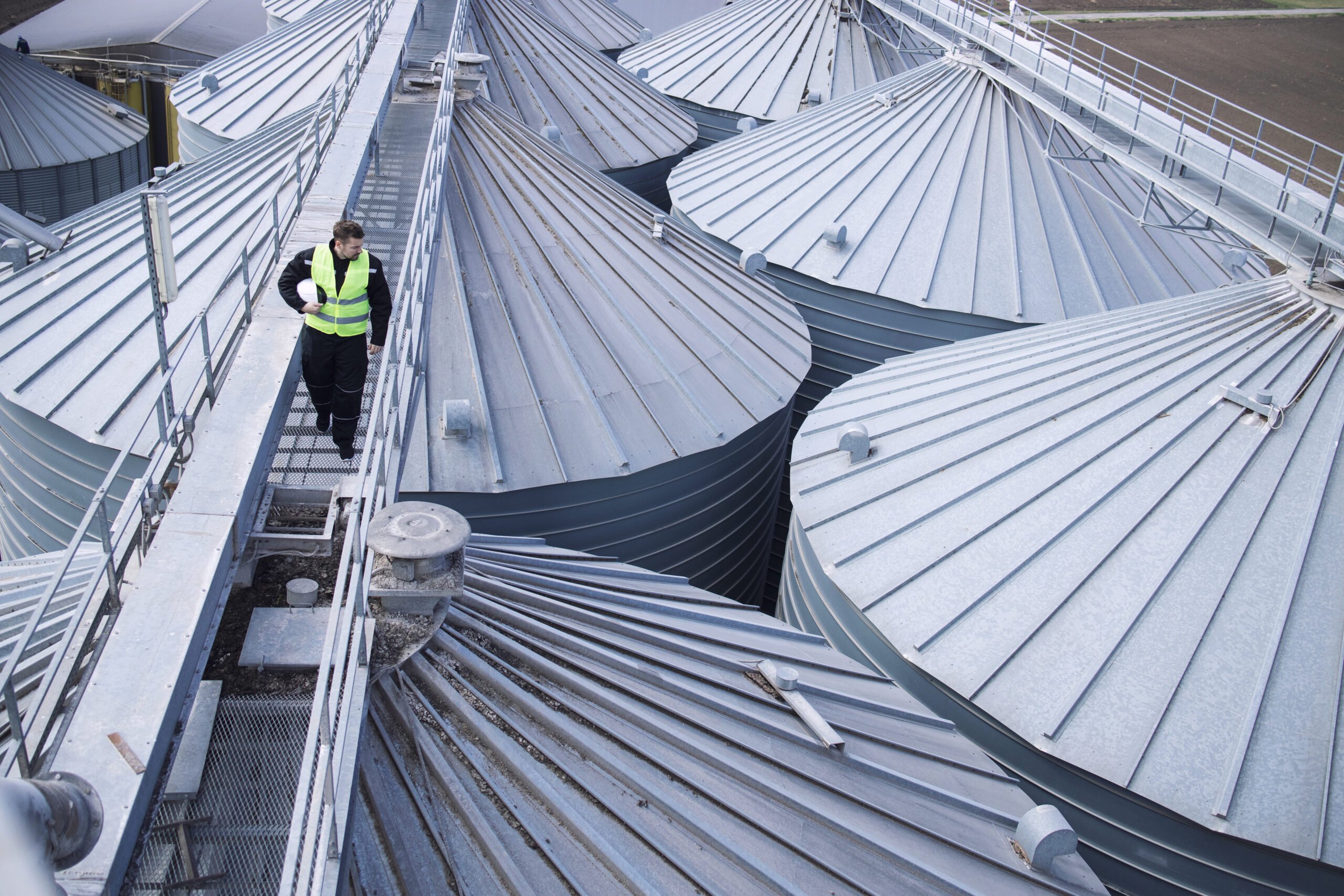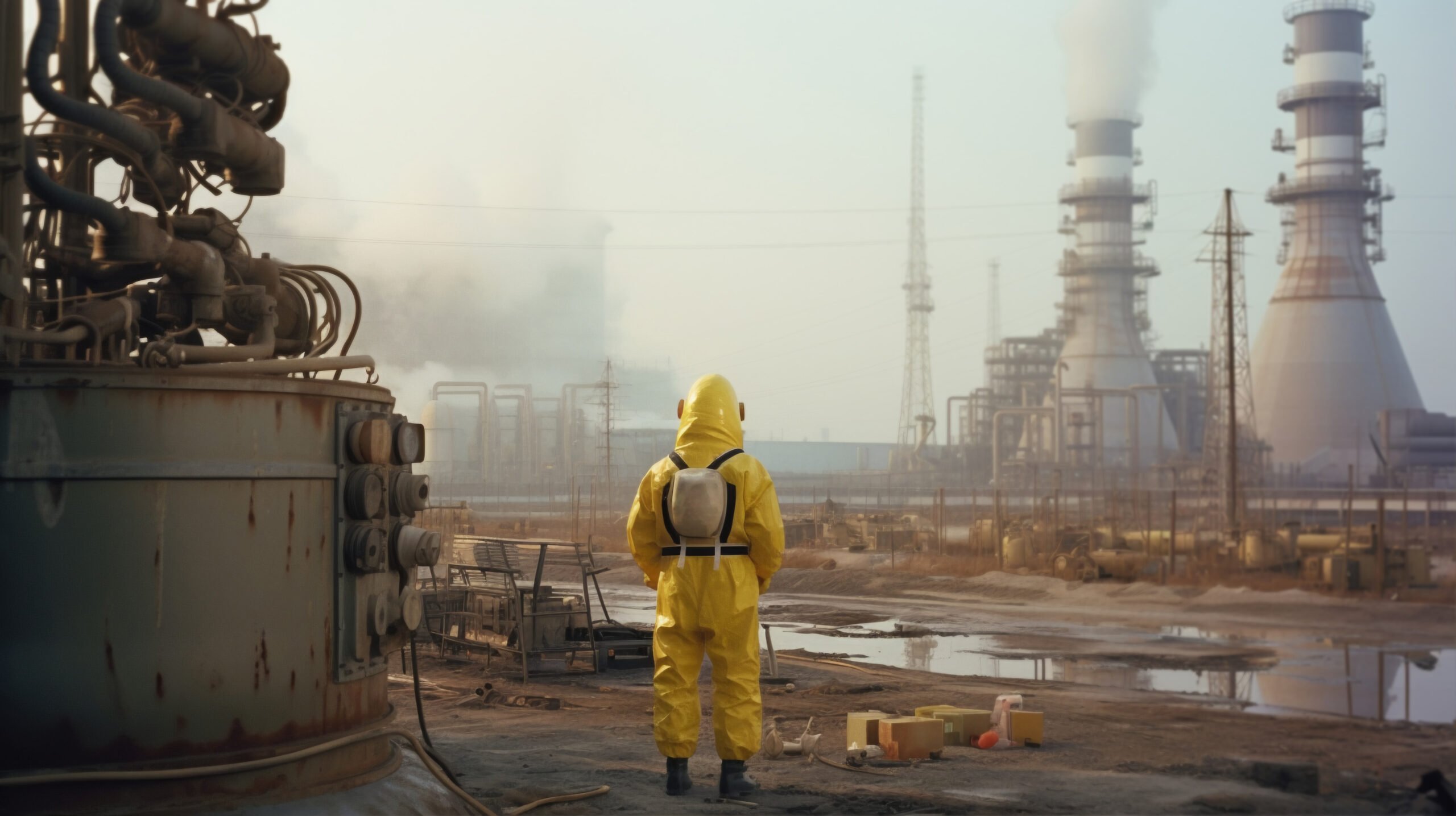With an increasing focus on energy conservation, companies and industries are more pressured than ever to improve system performance while reducing energy needs. An important equipment that surprisingly plays quite a big role in achieving optimal performance is the heat exchanger. Whether you are running a manufacturing plant, a food processing unit, or a power station, the choice among the various heat exchanger types influences the overall efficiency of your system.
Not all heat exchangers are created equal. There are constantly new developments pushing the boundaries of thermal management. Hence, understanding different heat exchanger types, particularly modern types, can be a wise decision for operational optimization.
What is a Heat Exchanger?
A heat exchanger is a piece of equipment where two or more fluids exchange heat without any mixing. It may be air, water, oil, refrigerant, or any process fluid. Heat exchangers find applications in heating, cooling, and energy recovery processes.
They’re everywhere, from your car’s radiator to your home’s air conditioner, to massive industrial HVAC systems.
Traditional vs Modern Heat Exchanger Types
The shell-and-tube exchanger has long been an option in many industries. Although durable and reliable, they typically required more space, caused higher pressure drops, and weren’t the best in terms of thermal performance.
That is where modern heat exchanger designs become relevant. With recent developments in heat exchanger design and manufacturing, we have even smaller, more energy-efficient, and cost-effective systems.
Here we have a look at some of these types of compact heat exchangers and how they contribute to making systems spread heat in an efficient manner.
1. Plate Heat Exchangers (PHE)
Plate heat exchangers use thin, corrugated metal plates stacked together to facilitate heat transfer. The shape offers a large surface area in a compact footprint, making it ideal for heat exchange.
Efficiency Advantages:
- Better heat transfer rates than shell-and-tube models
- Smaller in size, which saves space
- Easy to clean and maintain
- Ideal for HVAC, dairy, and pharmaceutical industries
These are prime examples of high-efficiency heat exchanger systems used in modern facilities.
2. Microchannel Heat Exchangers
Used primarily in HVAC and refrigeration, microchannel exchangers utilize tiny, parallel channels that provide a greater surface area per unit volume.
Why It’s Efficient:
- Less refrigerant usage
- Lower airside pressure drop
- Faster heat transfer rates
This advanced heat exchanger technology is being increasingly adopted in air conditioning units and commercial chillers.
3. Spiral Heat Exchangers
The spiral design creates a continuous flow path that prevents fouling and is suitable for dirty or sticky, high-viscosity fluids.
Performance Perks:
- Compact and self-cleaning
- Excellent for slurries, oils, and wastewater
- High thermal efficiency due to continuous turbulence
This design is a strong contender in industries dealing with aggressive or challenging fluid properties.
4. Double Pipe Heat Exchangers
Next on the list of heat exchanger types is the double-pipe heat exchanger. These are used more in smaller applications or when there is a requirement for close temperature control. While not the most compact option, they can be effective in some processes.
Benefits:
- Simple construction
- Easy to install and maintain
- Low investment cost
Although considered somewhat “old school,” innovations in materials and flow patterns have brought them up to modern standards.
Why Energy Efficiency Matters?
The increasing focus on sustainability and energy efficiency has put a spotlight on energy efficient heat exchangers globally. Here’s why:
- Lower Operation Costs: Better heat transfer energy use.
- Reduced Equipment Size: Fits in compact facilities.
- Enhanced system longevity: By allowing your sneeze guard to have optimized temperature control which aids in diminishing wear and tear.
- Environmental Compliance: Reduced energy consumption assists in meeting green building and industry regulations.
All of these design targets are incorporated into modern heat exchanger types, making them indispensable for industries seeking to comply with efficiency legislation.
The Role of Materials and Design Innovation
What makes modern heat exchanger types stand out isn’t just their shape or structure—it’s the materials used and the smart design behind them.
- Corrosion-resistant alloys like titanium or stainless steel enhance durability
- 3D modeling and CFD analysis improve flow path design and heat transfer rates
- Compact heat exchanger types reduce dead zones and pressure drops
These developments enable heat exchangers to work smarter and not harder.
Choosing the Right Heat Exchanger Type
So how do you know which one is right for your system? It depends on:
- Type of fluids (clean vs fouling, corrosive vs inert)
- Temperature and pressure requirements
- Space constraints
- Maintenance needs
The goal is to balance thermal performance with durability, ease of cleaning, and size. There is no one-size-fits-all. Hence, it is beneficial to collaborate with experienced manufacturers and design consultants.
The Future: Smart and Adaptive Systems
The next major breakthrough in advanced heat exchanger technology will be smart systems sensors, internet of things (IoT), and artificial intelligence (AI).
These features allow:
- Real-time monitoring of temperature and flow
- Predictive maintenance, avoiding costly downtime
- Dynamic control, adapting performance based on demand
These are not futuristic features. Instead, they are already being tried in advanced energy systems and green buildings.
Final Thoughts
With energy prices continuing to climb and pressure mounting on industry to reduce emissions, nothing is more important than selecting the right heat exchanger types. Be it a small-footprint heat exchanger type in a room or a high intensity heat exchanger at a large plant, modern systems provide value in terms of not only performance but sustainability as well. They’re no longer just technical components; they’re essential for smarter and greener operations.
Frequently Asked Questions
Can modern heat exchangers be used in harsh industrial environments?
Yes. Many modern heat exchanger types use corrosion-resistant materials and are specifically designed for heavy-duty, high-pressure, or corrosive conditions.
Are compact heat exchangers more expensive?
Not always. While the upfront cost may be slightly higher, the long-term savings in energy and maintenance often outweigh the initial investment.
How often should a heat exchanger be maintained?
It depends on usage and the type of fluids involved. However, modern designs reduce fouling and require less frequent maintenance compared to traditional models.





